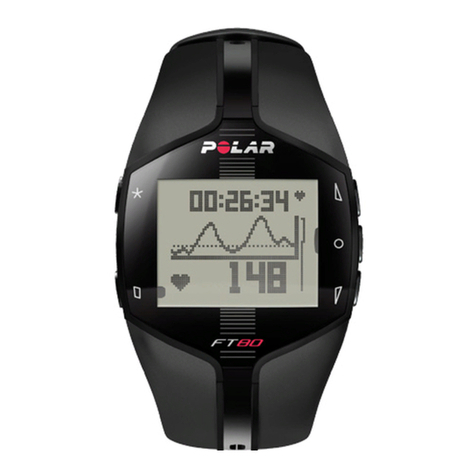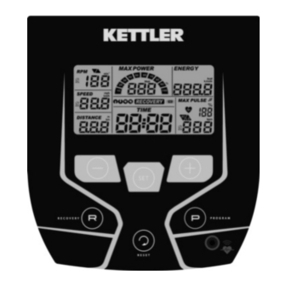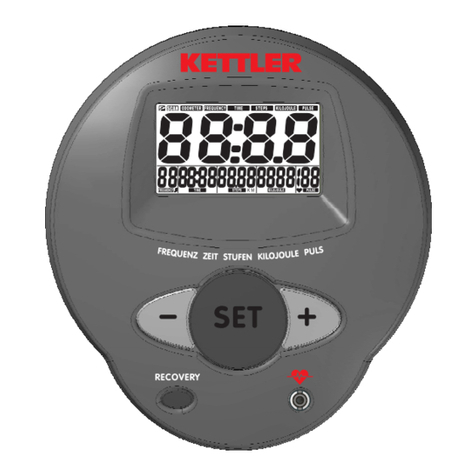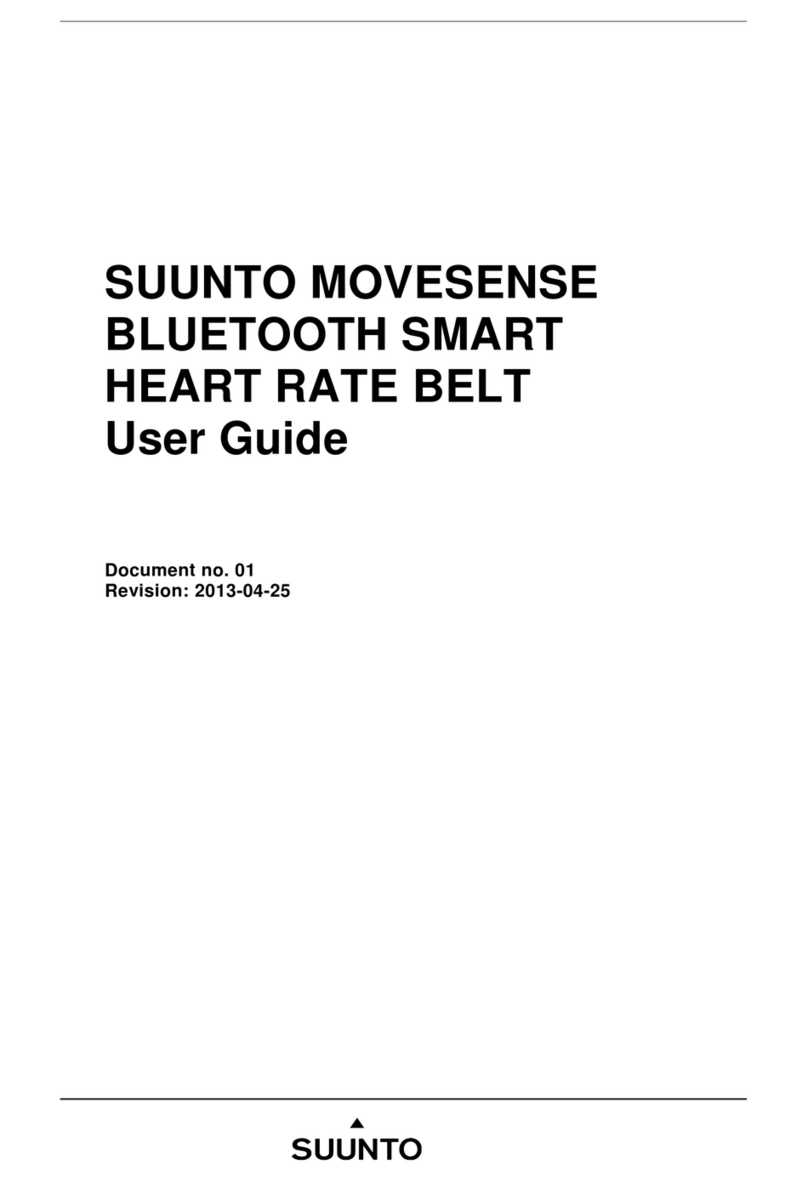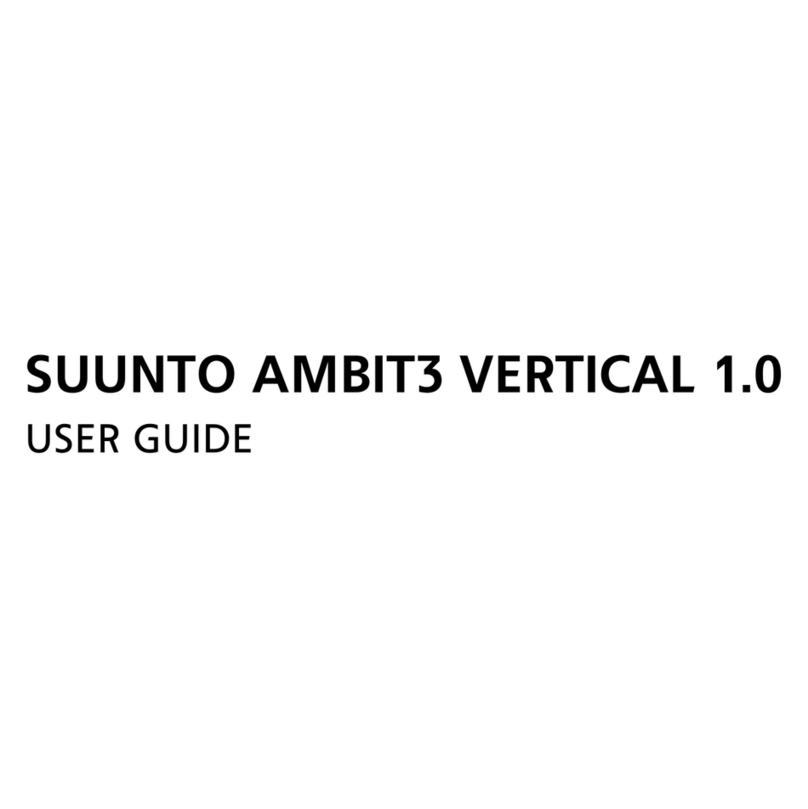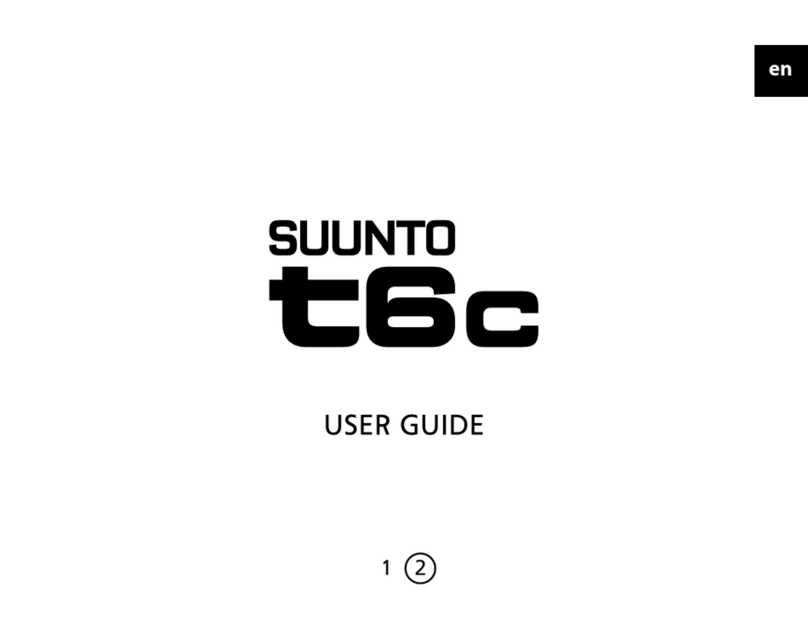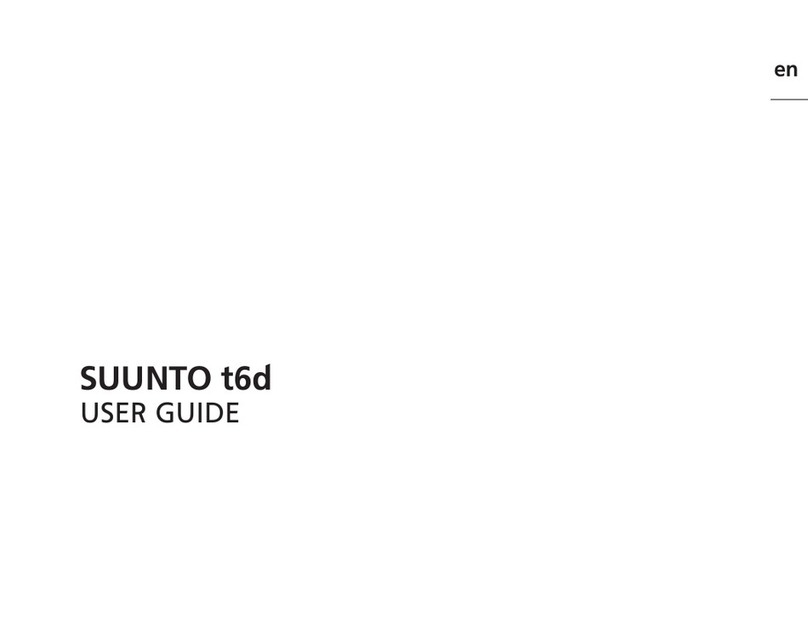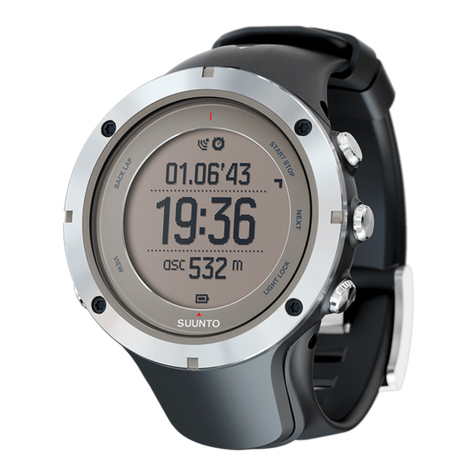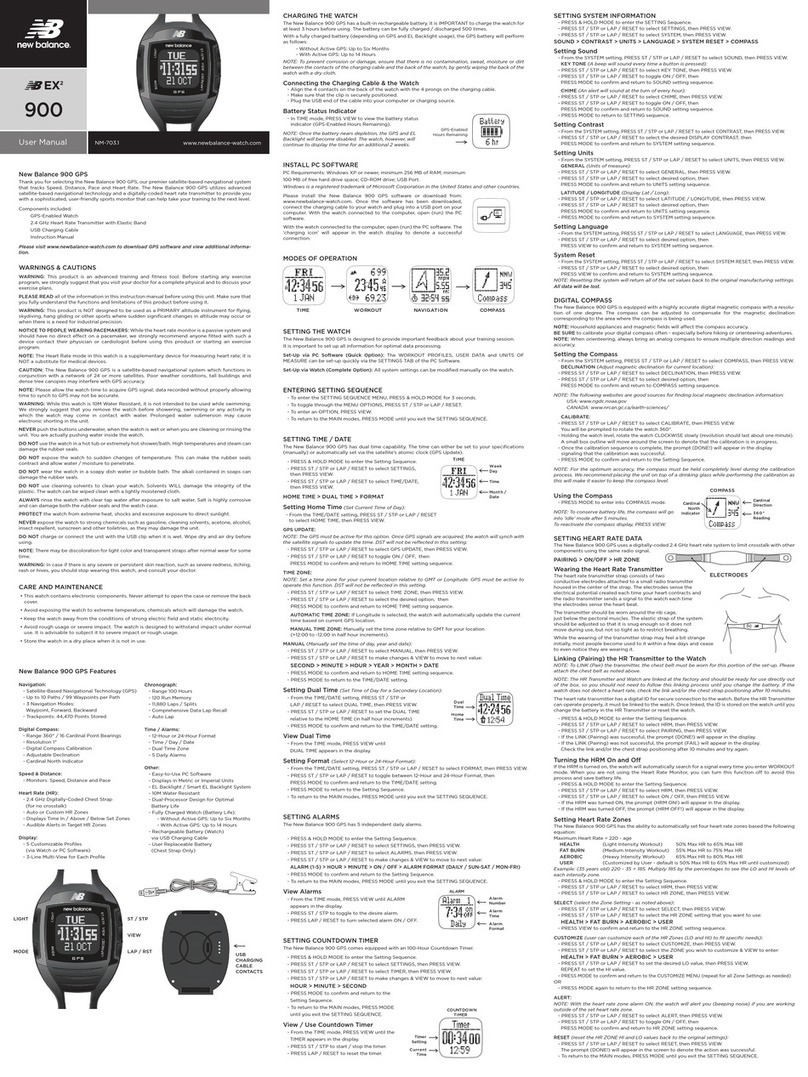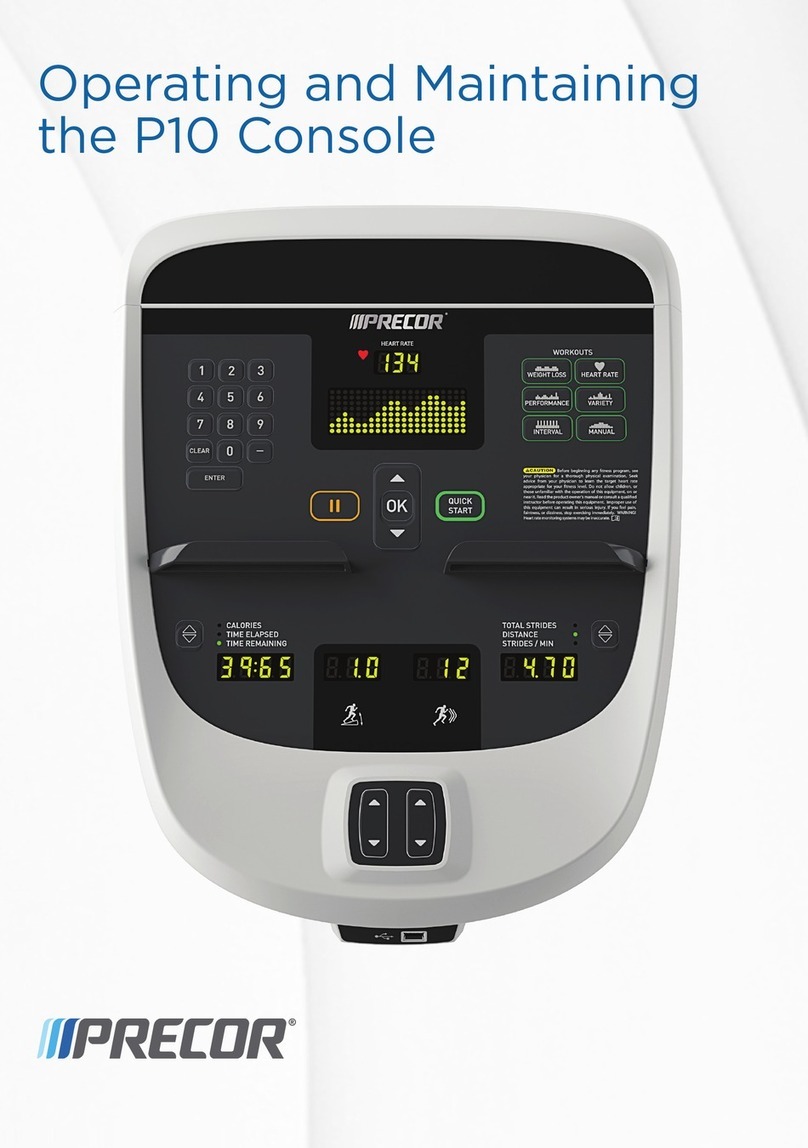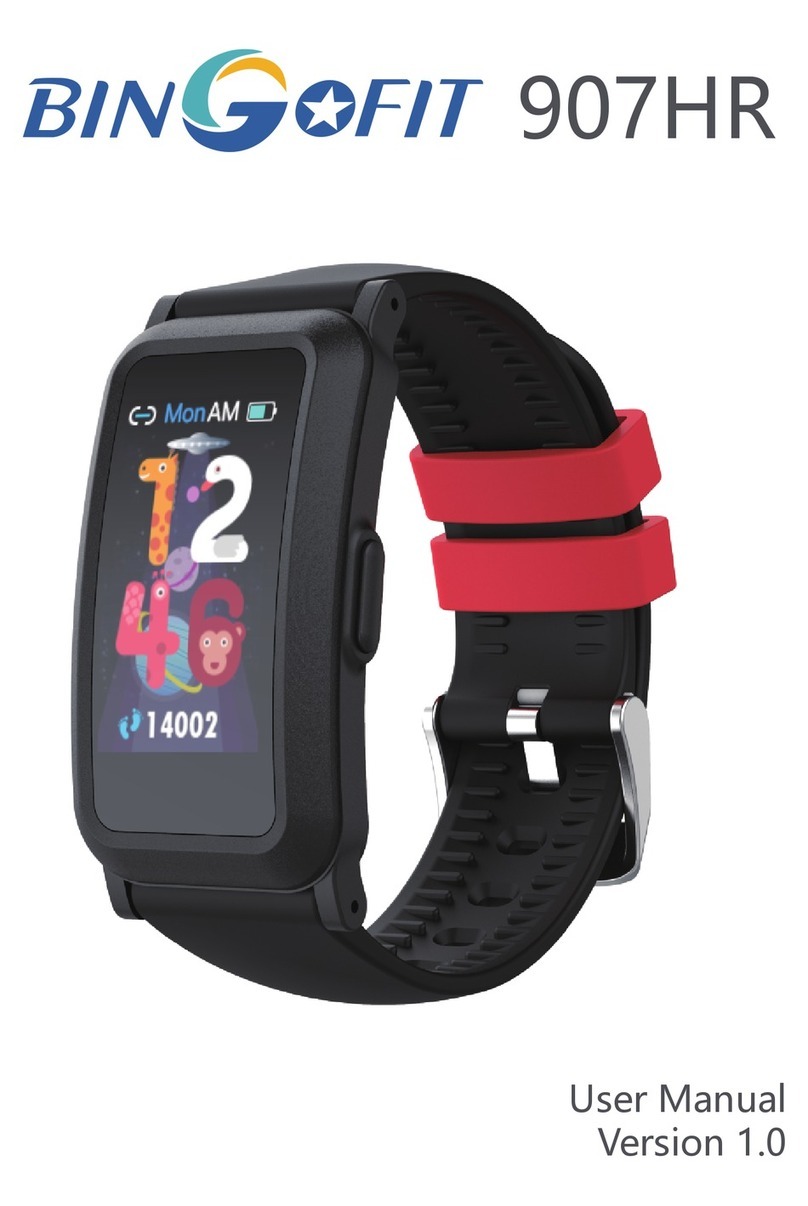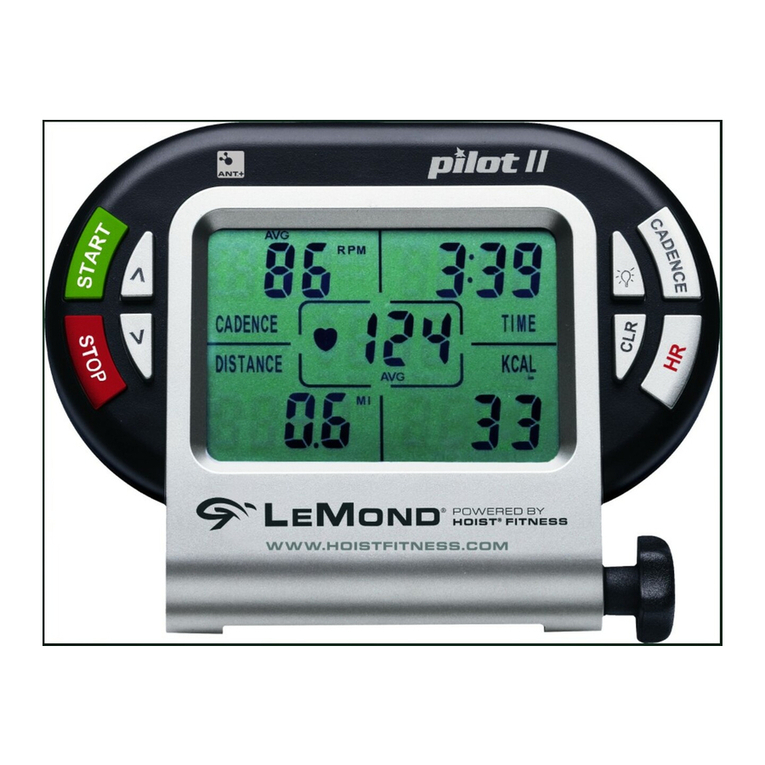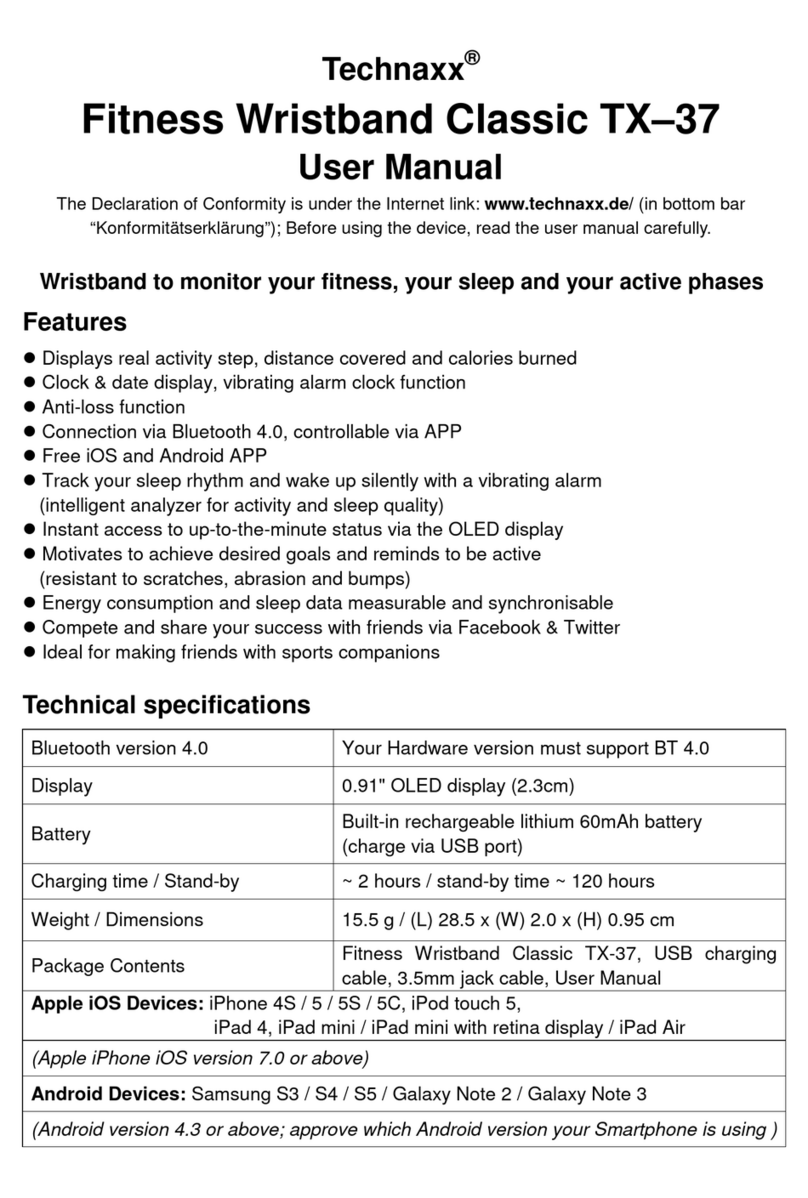7
Team Manager the evening before appear. He selects the name that goes with each belt
and also adds the athlete’s maximum heart rate. If the real maximum heart rate is not
known, it can be calculated using the formula 220 minus the athlete’s age.
When all the belts have been allocated to the team, the list of numbers has been replaced
by a list of names in the Athletes window. In the same window, Coach puts a mark into the
box next to the name of each athlete he wants to monitor.
One of the team members has brought a friend to try out for the team. Because Coach
didn’t add his details in Suunto Team manager the evening before, Coach gives him a
spare HR belt to put on and adds him straight to Suunto Monitor. Coach selects Athletes
and Edit in the main menu, and then clicks Add. Here he adds the name of the newcomer,
his maximum heart rate, and the ID number of the belt. The training session can now begin.
NOTE: If you suspect that the HR belts may have been misallocated, the best way to make
sure that each belt is correctly named is to collect all the belts back and then give them out
again one at a time. As each team member puts on his belt, and Suunto Monitor detects it,
name the belt before giving out the next one.
During Training
The heart rate data of all the monitored athletes appears on the screen either as beats per
minute or as a percentage of their maximum heart rate. The colors represent the athletes’
heart rates in relation to the target heart rate zone - red means the monitored athlete’s heart
rate is above the target zone, green within the zone, and blue below the zone. Coach sets
the target zone to match the purpose of the session. Using the colors, he can easily see
which athletes are training too hard - or not hard enough.
At the start of the session, Coach clicks the Record Session button and Suunto Monitor
starts recording the data received from each athlete’s belt. During the session, Coach clicks
the View Session Graph button to see a graphical representation of the athletes’ real-time
heart rates and offers specific advice to each athlete based on the data. At the end of the
training session, Coach clicks the Stop Session button, a pop-up appears and he names
the session with, for example, the date and activity. He then clicks Save, closes Suunto
Monitor, unplugs Suunto Team Pod, and follows his team off the field for some post-training
refreshments.

